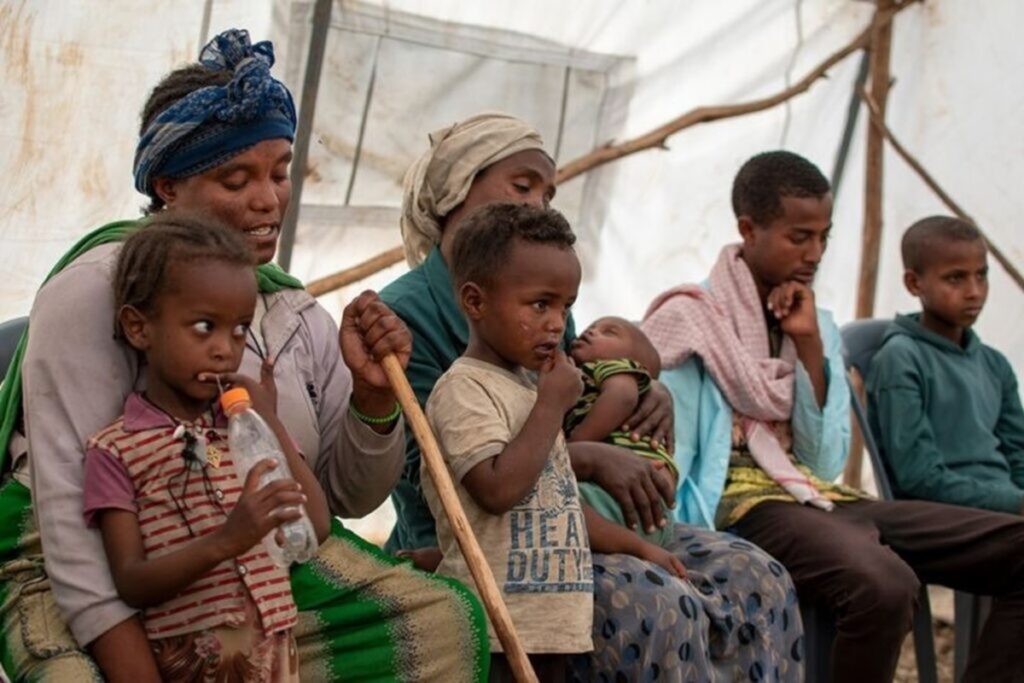[
Ethiopia Struggles with Internal Displacement Crisis: Over 2.5 Million Return Home
A recent report by the United Nations High Commissioner for Refugees (UNHCR) has shed light on the dire situation of internally displaced persons (IDPs) in Ethiopia. The report indicates that while over 2.5 million IDPs have managed to return to their villages, close to 4.4 million people remain displaced within the country.
The main causes of displacement are attributed to war, conflict, and drought, with 65% of displacements being a result of conflict and 18% due to drought. The return process has been ongoing across various regions, with Tigray, Oromia, and Amhara regions witnessing significant numbers of returnees.
Despite the significant number of returns, the Somali region currently hosts the highest number of IDPs, with over 1.3 million individuals still displaced. Oromia and Tigray each have more than one million displaced persons, while the Amhara region has 436,805 IDPs.
The issue of internal displacement in Ethiopia has seen a dramatic increase over the years, with the number of IDPs rising from 500,000 in 2016 to 5.8 million in 2021, as reported by the UN Office for the Coordination of Humanitarian Affairs (OCHA).
In response to the crisis, Prime Minister Abiy Ahmed addressed the matter in a speech to lawmakers, acknowledging the return of IDPs to Tigray and Amhara regions. An agreement between the federal government and regional states has facilitated a phased return of IDPs to Tigray, with thousands of individuals resettling in various districts.
The recent efforts to address internal displacement in Ethiopia signify a step towards stability and recovery for those affected by conflict and other factors. However, the challenges of displacement and the need for continued support and assistance remain crucial in ensuring the well-being of millions of displaced individuals within the country.
